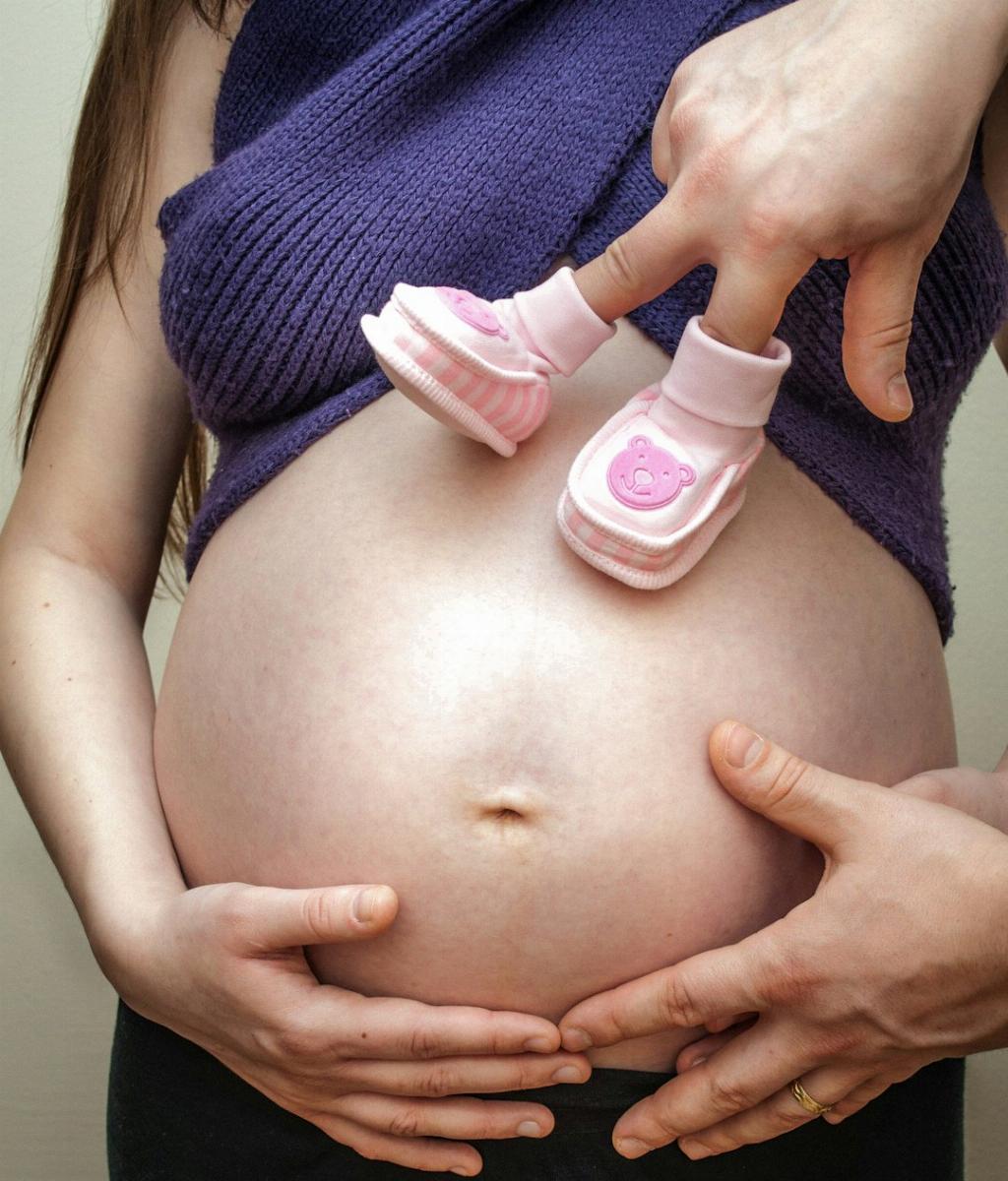When it comes to taking a pregnancy test, there are several essential factors to consider, including the proper collection of urine for accurate results. One common question that arises is whether it is acceptable to collect urine in hand for a pregnancy test. While there are different methods for collecting urine samples, it is essential to understand the most effective and accurate way to do so.
Proper Collection Technique
Pointing the absorbent tip of the pregnancy test directly into the urine stream is crucial for obtaining reliable results. By doing so, you ensure that the testing device receives an adequate amount of urine for analysis. It is recommended to hold the absorbent tip in the urine stream for at least 7-10 seconds to guarantee a proper sample is collected.
Alternative Collection Method
If collecting urine directly in hand is not a feasible option, an alternative method involves using a clean container to collect the sample. In this case, you can dip half of the absorbent pad of the pregnancy test into the collected urine for at least 10 seconds. This method also ensures that the testing device receives a sufficient sample for accurate results.
Importance of Proper Collection
Obtaining a urine sample correctly is essential to the accuracy of a pregnancy test. By following the recommended collection techniques, you increase the likelihood of obtaining reliable results. Ensuring that the testing device receives an adequate sample of urine is crucial for avoiding potential errors or false negatives.
Hygiene Considerations
While collecting urine in hand may be acceptable in certain situations, it is essential to emphasize proper hygiene practices. Washing your hands thoroughly before and after collecting the sample is crucial to prevent any contamination that may affect the test results. Maintaining cleanliness during the collection process is key to obtaining accurate and reliable results.
Consulting Healthcare Professionals
If you have any concerns or doubts about the proper collection of a urine sample for a pregnancy test, it is always advisable to consult healthcare professionals for guidance. They can provide you with accurate information and instructions to ensure that you collect the sample correctly and obtain reliable results.
Accuracy of Results
By following the recommended collection techniques and ensuring proper hygiene practices, you increase the accuracy of the pregnancy test results. Collecting a urine sample effectively is crucial for obtaining reliable results that reflect your true pregnancy status. Taking the necessary precautions during the collection process can significantly impact the outcome of the test.
Personal Responsibility
When it comes to collecting a urine sample for a pregnancy test, it is essential to take personal responsibility for following the proper procedures. By understanding the importance of accurate sample collection and maintaining hygiene standards, you play a significant role in ensuring the reliability of the test results.
Final Thoughts
When considering whether to collect urine in hand for a pregnancy test, it is crucial to prioritize proper collection techniques and hygiene practices. By following the recommended guidelines and consulting healthcare professionals if needed, you can increase the accuracy and reliability of the test results. Taking personal responsibility for the collection process is vital in obtaining accurate results that reflect your true pregnancy status.

